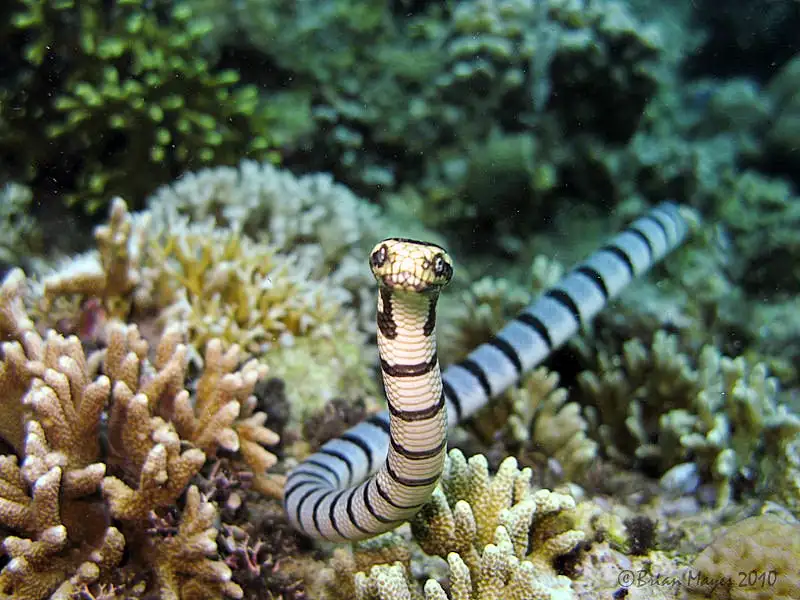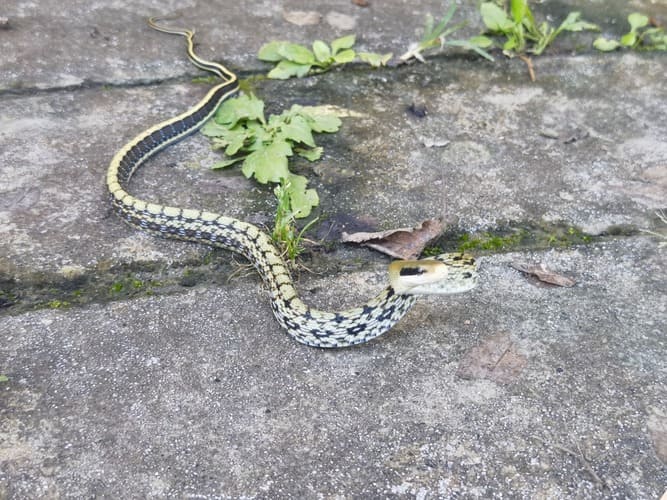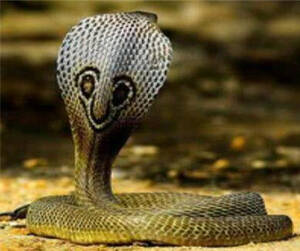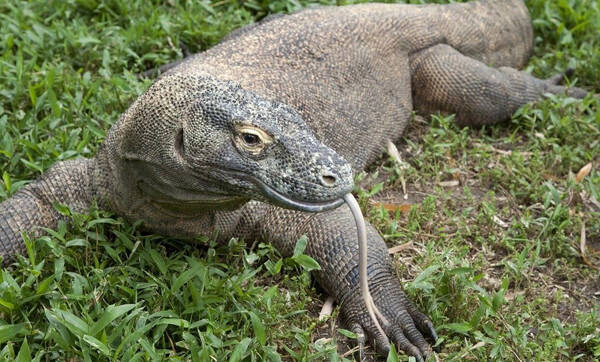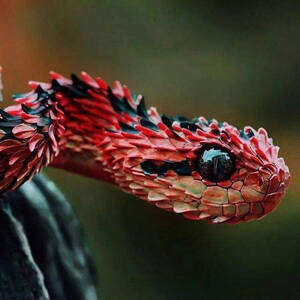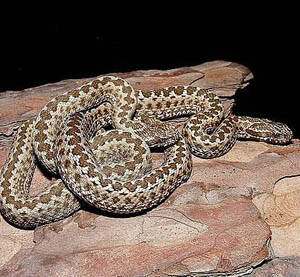Hydrophis platurus
IUCN
LCBasic Information
Scientific classification
- name:Hydrophis platurus
- Scientific Name:Pelamis platurus,Hydrophis platurus
- Outline:Squamata
- Family:Elapidae L.S.snake
Vital signs
- length:55-70cm
- Weight:No verification information
- lifetime:About 20 years
Feature
The most widespread sea snake
Distribution and Habitat
In China, it is distributed in Fujian, Guangdong, Guangxi, Hainan, Shandong, Taiwan, Hong Kong and Zhejiang coasts. Abroad, it is distributed in the Indian Ocean, Pacific Ocean and its island coasts, east to the west coast of Central America, west to eastern Africa, north to the Sea of Japan, south to the western, northern and eastern coasts of Australia, and even to Tasmania.
It lives in coastal coral reefs and rocky seawater, and often floats on the sea surface or on marine floating objects.
Appearance
Total length: 545-707 mm. The snout is long, the head is narrow, the nostrils are dorsal, the nasal scales are tangent to each other, and the head and neck are difficult to distinguish; the body is laterally flattened, and the tail is more laterally flattened. There are 8 (3-1-4) or 9 (3-2-4) scales on the upper lip or they do not enter the orbit, and there are no cheek scales; there are 1 (2) preorbital scales, 2 (3) postorbital scales, and 0 or 1 suborbital scales; there are 2 (3) + 3 (4) temporal scales. There are 34-51 rows of dorsal scales on the neck, 43-60 rows in the middle, and 34-52 rows of preanal scales, which are hexagonal or square, arranged in an inlaid pattern, smooth on the back, and short ridges on the sides of the body; there are 306-431 ventral scales, 2 anal scales; there are 40-66 pairs of subcaudal scales. The back is black, and there is a wide black longitudinal band in the middle from the head to the anus. There are black spots on the entire tail, back, sides,
Details
Long-nosed sea snakes live in the ocean and can stay away from the coast. They are the most widely distributed species of sea snakes.
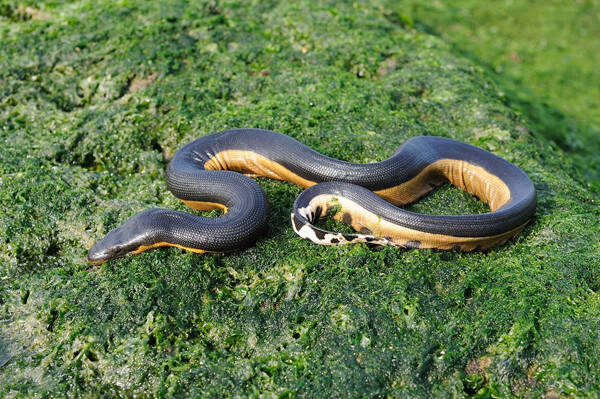
Long-nosed sea snakes mainly feed on various small fish and crustaceans. They are ovoviviparous.
Listed in the "National List of Terrestrial Wildlife with Important Economic and Scientific Research Value" issued by the State Forestry Administration of China on August 1, 2000.
Listed in the 2013 Red List of Endangered Species of the World Conservation Union (IUCN) ver3.1--Near Threatened (NT).
Listed in the China Biodiversity Red List-Vertebrate Volume, with an assessment level of Vulnerable (VU).
Listed in the second level of the "National Key Protected Wildlife List of China".
Protect wild animals and stop eating game.
Maintaining ecological balance is everyone's responsibility!

